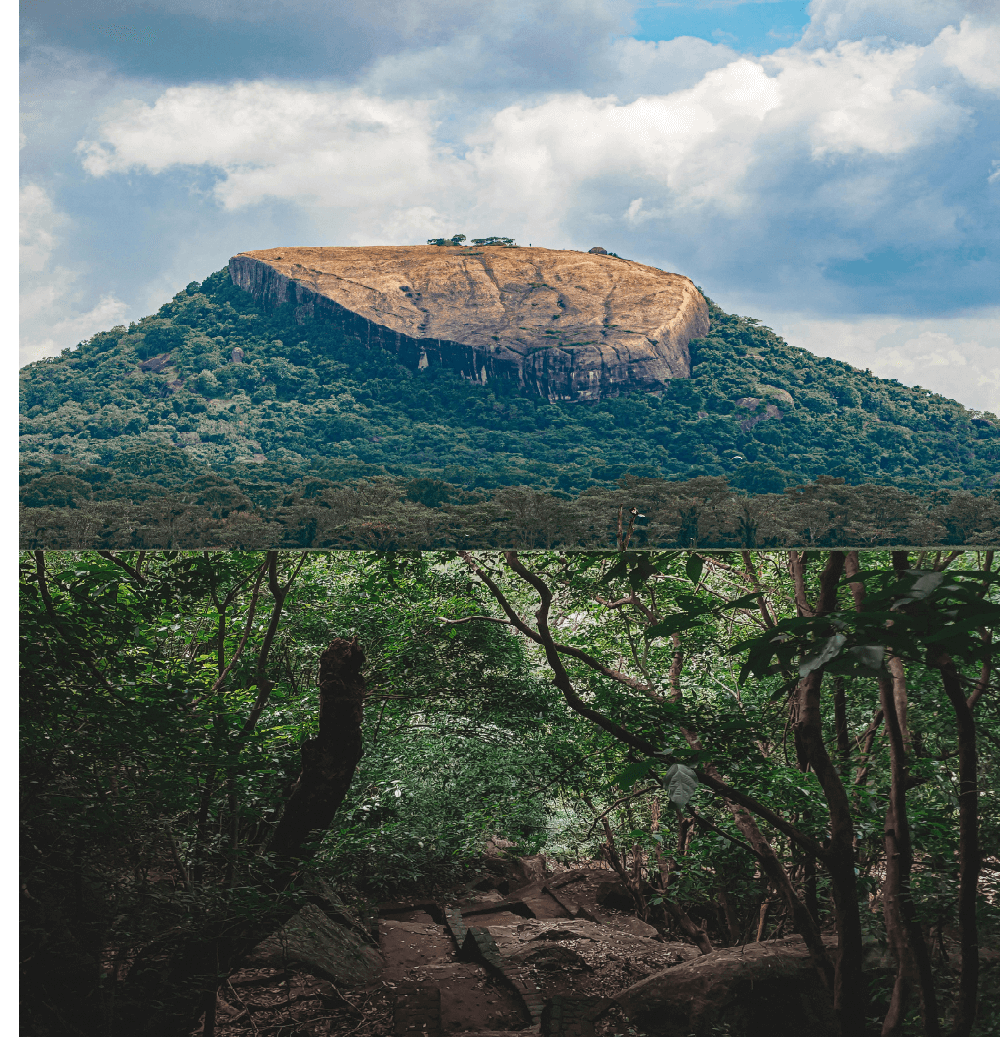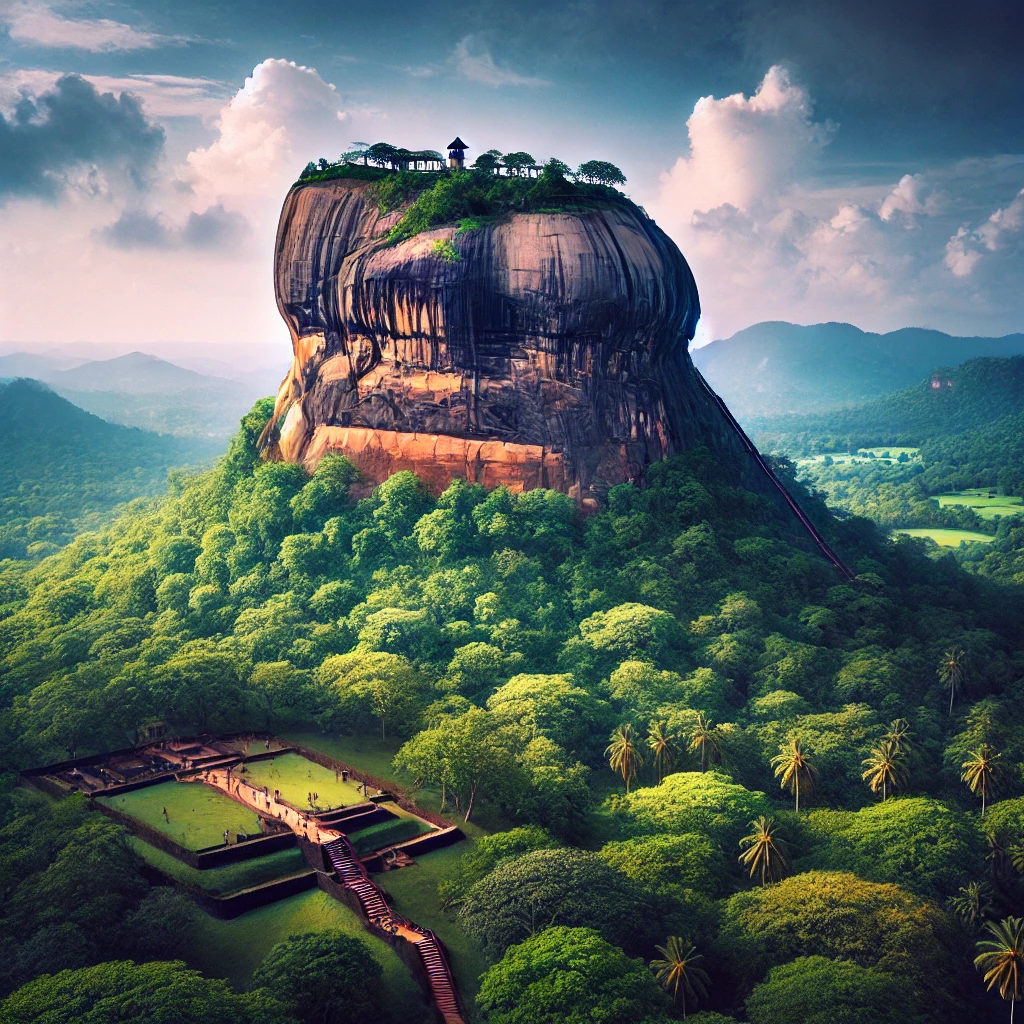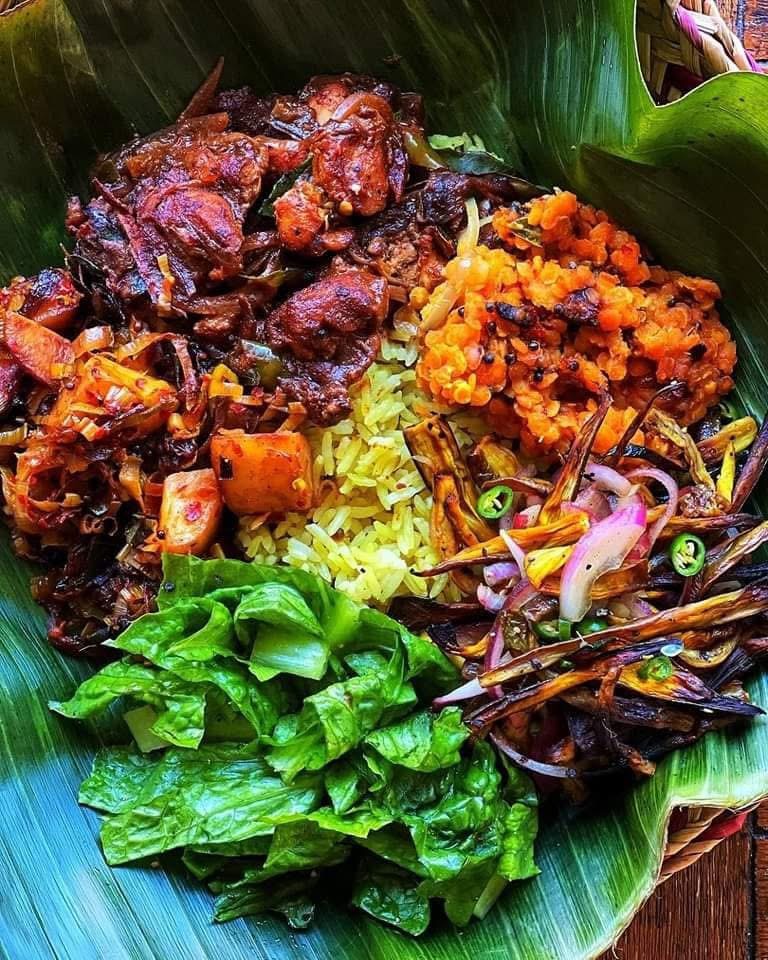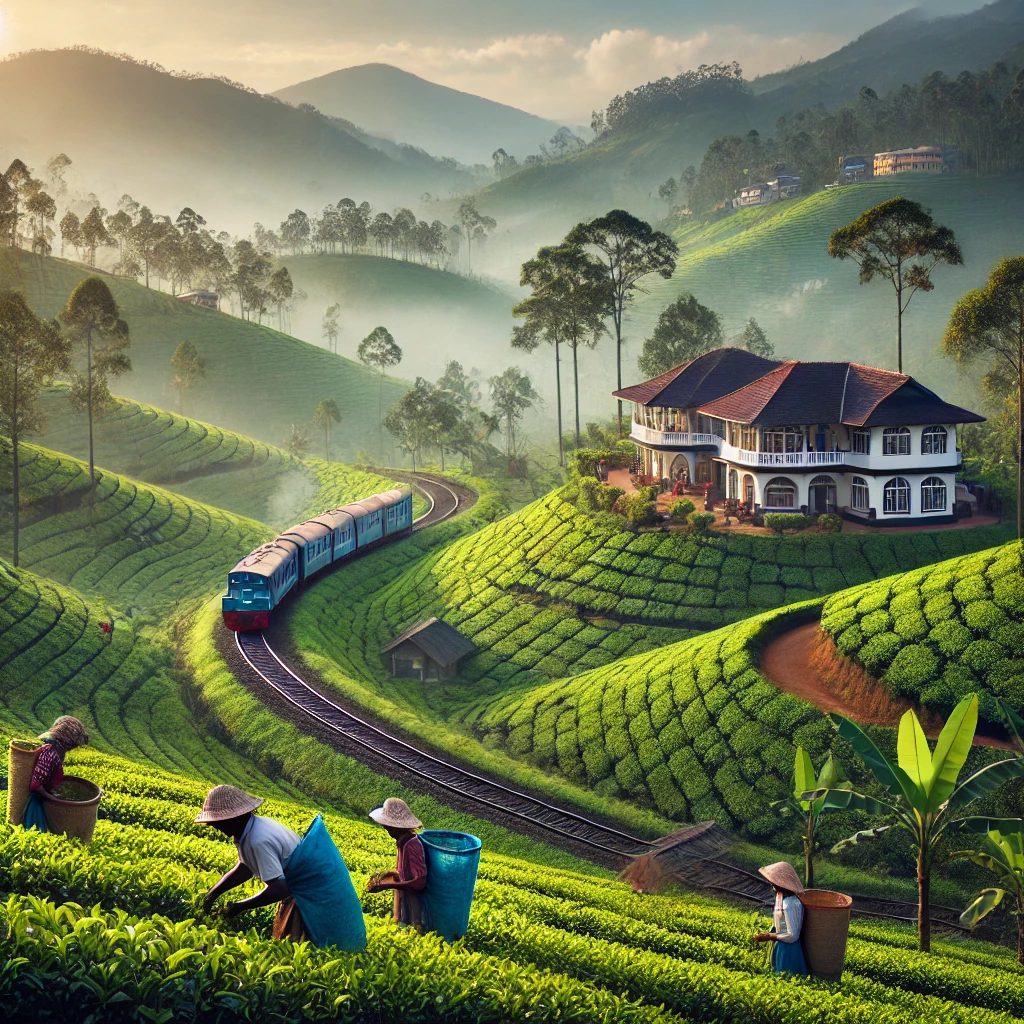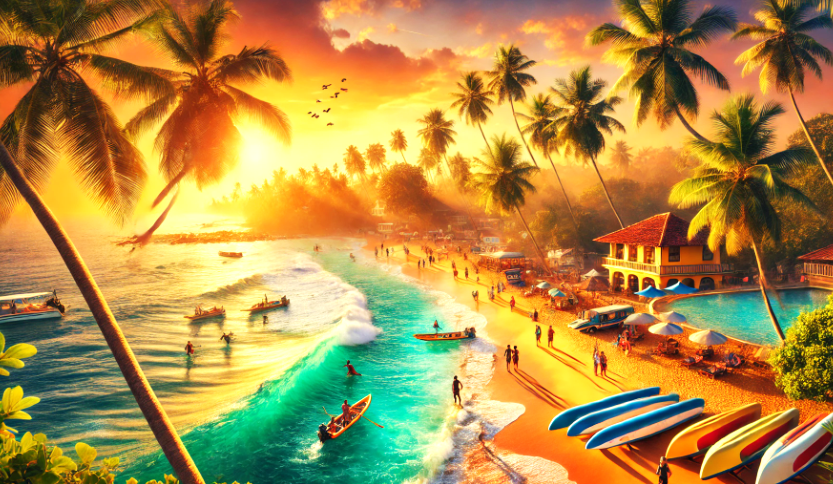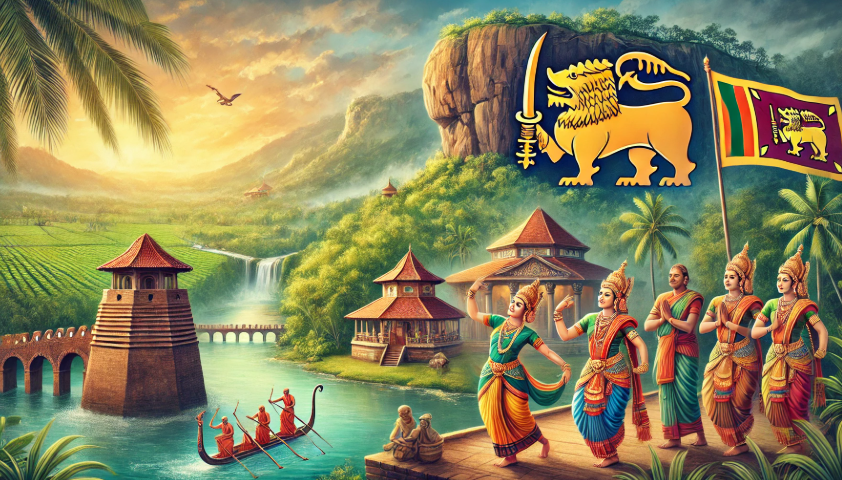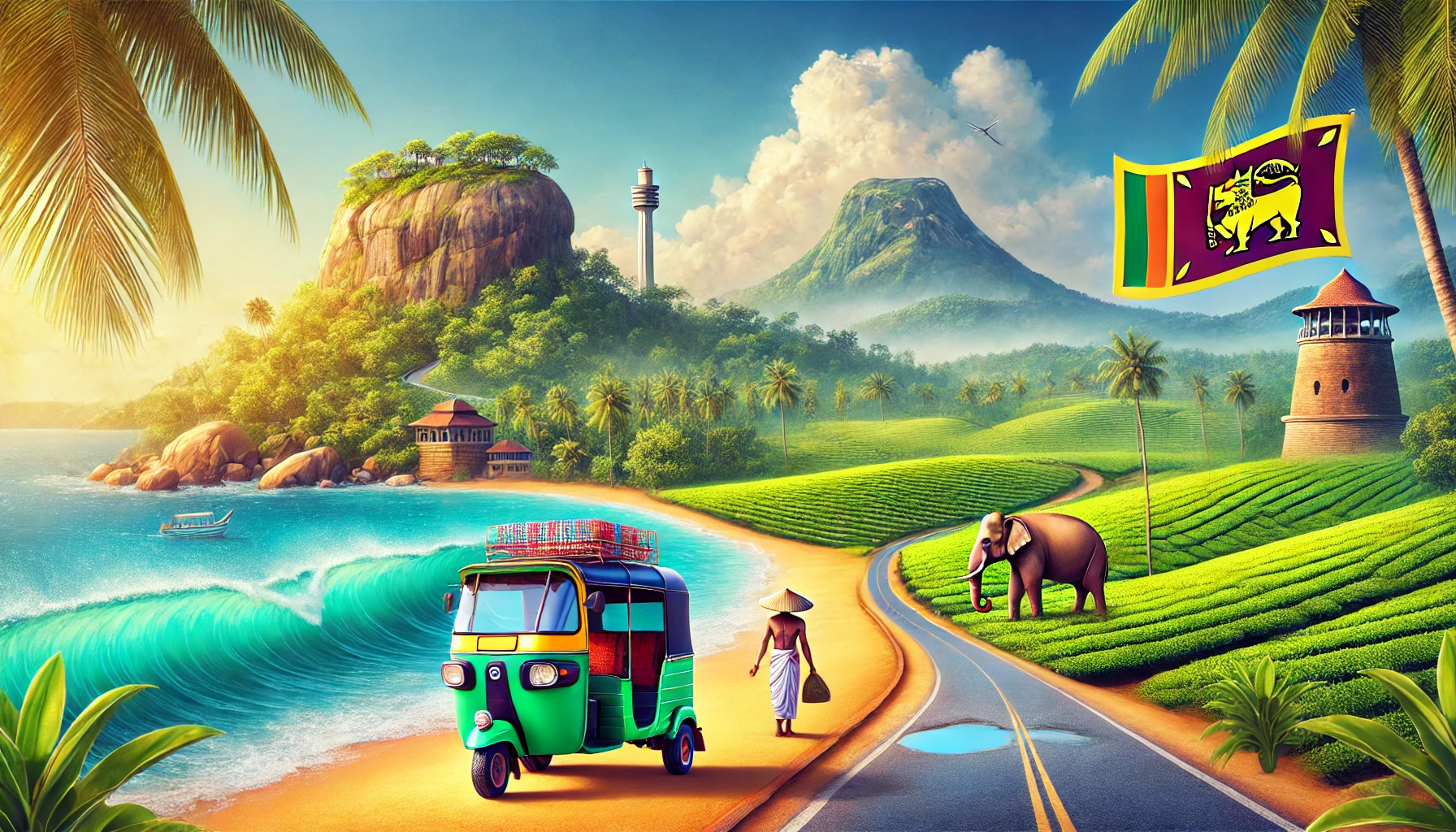Introduction
Horton Plains National Park is nestled in the central highlands of Sri Lanka. It is a breathtaking expanse of montane grasslands, cloud forests, and misty landscapes. This UNESCO World Heritage Site is a must-visit for nature lovers, hikers, and wildlife enthusiasts. In this detailed guide, we will explore the rich history of Horton Plains. We will also discuss the current state of conservation. You will find everything you need to know for an unforgettable journey through Horton Plains.
The History of Horton Plains
Ancient Origins and Colonial Influence
Horton Plains has a long and fascinating history, dating back thousands of years. Known as Maha Eliya in ancient times, this region was considered sacred by Sri Lanka’s indigenous communities.
In the 19th century, British colonial rulers discovered the area. They renamed it Horton Plains in honor of Sir Robert Wilmot-Horton, then-Governor of Ceylon. During this period, parts of the land were cleared for coffee and tea plantations. Later, conservation efforts were introduced to protect the fragile ecosystem.
Protected Status and UNESCO Recognition
Horton Plains was declared a nature reserve in 1969 and later upgraded to a national park in 1988. It became part of the Central Highlands World Heritage Site. UNESCO recognized it in 2010 for its unique biodiversity and ecological significance.
Present-Day Horton Plains: A Natural Paradise
Ecosystem and Biodiversity
Horton Plains is home to one of Sri Lanka’s most diverse ecosystems. It features montane grasslands, cloud forests, and waterfalls. The area also contains unique flora and fauna.
Key Wildlife Species
- Sri Lankan Sambar Deer – The most commonly seen mammal in the park.
- Sri Lankan Leopard – Elusive but present in the dense forests.
- Purple-Faced Langur – An endemic monkey species.
- Sri Lankan Whistling Thrush – A rare and sought-after bird.
- Toque Macaques, Civets, and Wild Boars – Other commonly seen animals.
- Reptiles and Amphibians – Including the endangered Horton Plains Slender Loris.
Flora of Horton Plains
- Cloud Forests – Home to ancient trees, mosses, ferns, and orchids.
- Grasslands – Unique montane meadows found only at high altitudes.
- Endemic Plant Species – Such as rhododendrons and patana grasses.
Climate and Weather
Horton Plains is cool and misty year-round, with temperatures ranging from 5°C to 20°C. The best time to visit is from December to April when skies are clearer, offering the best views.
Traveler’s Guide to Horton Plains
Best Time to Visit
- December to April – Clear skies, best for sightseeing.
- May to September – Rainy season; trails can be slippery but lush.
- Early Mornings (Before 10 AM) – Best for views, as mist covers the plains later in the day.
How to Get There
- By Road: Horton Plains is located 32 km from Nuwara Eliya and is accessible by private vehicles or tuk-tuks.
- By Train: The nearest railway station is Ohiya, from where you can take a taxi to the park.
- By Air: Domestic flights to Gregory Lake, Nuwara Eliya, are available for a quicker journey.
Top Attractions in Horton Plains
1. World’s End
World’s End is one of the most famous viewpoints in Sri Lanka. It is a dramatic 870-meter cliff drop. It offers stunning panoramic views of the valley below.
2. Baker’s Falls
These beautiful waterfalls are named after British explorer Samuel Baker. They cascade through a lush green forest. This makes it a perfect photography spot.
3. Mini World’s End
A smaller but equally breathtaking viewpoint, located along the same trekking trail.
4. Chimney Pool and Kirigalpotta Peak
- Chimney Pool – A hidden natural pool inside the park.
- Kirigalpotta Peak – Sri Lanka’s second-highest mountain (2,388m), accessible via a challenging trek.
Hiking Trails and Permits
- Main Circular Trail: 9.5 km (takes 3–4 hours) covering World’s End and Baker’s Falls.
- Kirigalpotta Trail: A strenuous hike, recommended for experienced trekkers.
- Entry Permits: Tickets can be purchased at the park entrance; foreign visitors pay a higher fee than locals.
Things to Do in and Around Horton Plains
- Wildlife Spotting – Look out for rare birds and mammals.
- Photography Tours – Capture the misty landscapes and waterfalls.
- Camping Near Ohiya – Stay in eco-lodges or campsites for a deeper nature experience.
- Visit Ambewela Farm – A dairy farm near Horton Plains offering fresh dairy products.
- Explore Nuwara Eliya – Visit tea estates, Gregory Lake, and Hakgala Gardens nearby.
Tips for Travelers
✅ Start early (before 6 AM) to enjoy clear views before mist sets in.
✅ Wear warm clothing, as temperatures can be very cold in the mornings.
✅ Bring enough water and snacks, as no food stalls are available inside the park.
✅ Follow park rules – Do not litter or disturb wildlife.
✅ Hire a guide to learn more about the flora and fauna.
Conclusion
Horton Plains National Park is a must-visit destination for those who love nature, hiking, and wildlife. Its breathtaking landscapes and unique biodiversity make it truly special. It is also home to famous viewpoints like World’s End. Whether you’re looking for a challenging trek or a peaceful nature escape, Horton Plains has something for you. It also offers a chance to spot rare wildlife. It offers an unforgettable experience.






Start Your Journey Today
Sri Lanka is calling! With breathtaking scenery, rich cultural experiences, and welcoming locals, it’s a destination you’ll never forget. Let Sri Lanka Travel Paradise be your trusted companion as you explore this enchanting island.


















